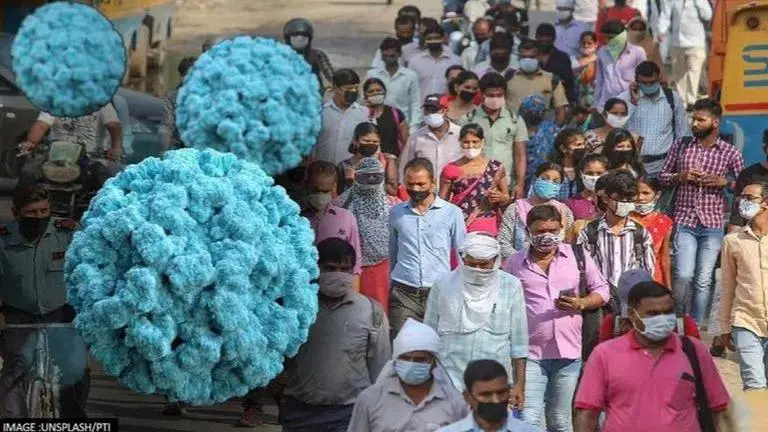Updated 13 June 2022 at 20:57 IST
Explained: How severe are highly-transmissible Omicron sub-variants BA.4 and BA.5?
Omicron sub-variants BA.4 and BA.5 first emerged in South Africa and have now breached the borders of many countries including those in Europe.
- Lifestyle News
- 3 min read

The Maharashtra health department, on Monday, confirmed reporting three cases of BA.4 and one of BA.5 Omicron sub-variants of coronavirus in Mumbai. According to the department, all of the patients, two 11-year-old girls and two males between ages 40-60, were infected between May 14-24. Both the sub-variants of the Omicron strain, which first emerged in South Africa earlier this year are said to be highly transmissible and have breached the borders of many countries from Europe to Asia. In India, the cases due to these variants were first found in Tamil Nadu and Telangana, according to the Indian SARS-CoV-2 Genomics Consortium (INSACOG). As the variants are now jumping states, read to know how severe they are.
How severe are Omicron BA.4 and Omicron BA.5?
As mentioned above, the variants first emerged in South Africa and are now present in Britain, Austria, the US, Belgium, Denmark, Germany, Israel, Canada, Italy, the Netherlands, France, Switzerland, Australia and Botswana. However, cases of patients facing severe problems and serious hospitalisation have not been reported as a majority of them were cured in home isolation.
It is worth noting, however, that in South Africa, the BA.4 variant has grown from less than 1% in January 2022 to more than 35% by 29 April 2022, something which shows the rate of transmissibility. On the other hand, the growth rate of the BA.5 variant stood at 20% by the end of last month, according to a report by Gavi Vaccine Alliance. "BA.4 and BA.5 share many of the same mutations as the original Omicron variant, but have more in common with the BA.2 variant. They also possess a number of additional mutations, some of which could change their characteristics", the report stated.
What's also worth noting is that the Gavi report has assured of zero indication suggesting BA.4 or BA.5 might be associated with new symptoms or more severe disease. However, it underscored that the knowledge about these variants is limited as only a handful of studies have been carried out so far. As for its spread in India, Dr. Rajeev Jayadevan, co-chairman of the Indian Medical Association's national task force has already predicted that these variants will not cause a surge in the infections.
Advertisement
"Omicron took off at a much higher rate in many countries, including India, but South Africa's experiences reassure us that these two sub-lineages are not going to cause a large-scale problem if we are careful enough", Dr. Jayadevan told ANI.
Published By : Harsh Vardhan
Published On: 13 June 2022 at 20:57 IST
